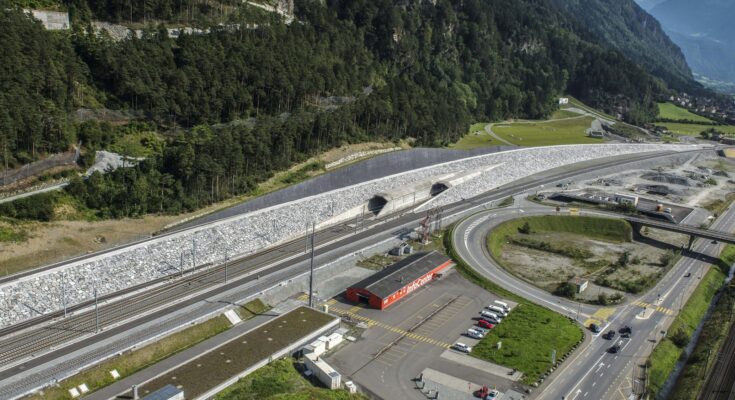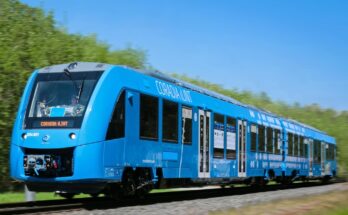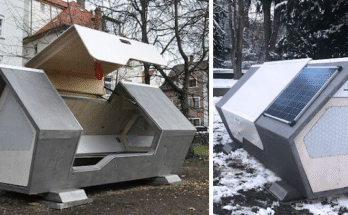Deep within the heart of the Swiss Alps lies one of the most extraordinary achievements in modern engineering — the Gotthard Base Tunnel. Stretching an astonishing 57 kilometers (35 miles) from Erstfeld in central Switzerland to Bodio in the south, this tunnel holds the record as the longest and deepest traffic tunnel in the world. More than just a passage through the mountains, it is a symbol of Europe’s unity, innovation, and determination to conquer even the most challenging natural obstacles.
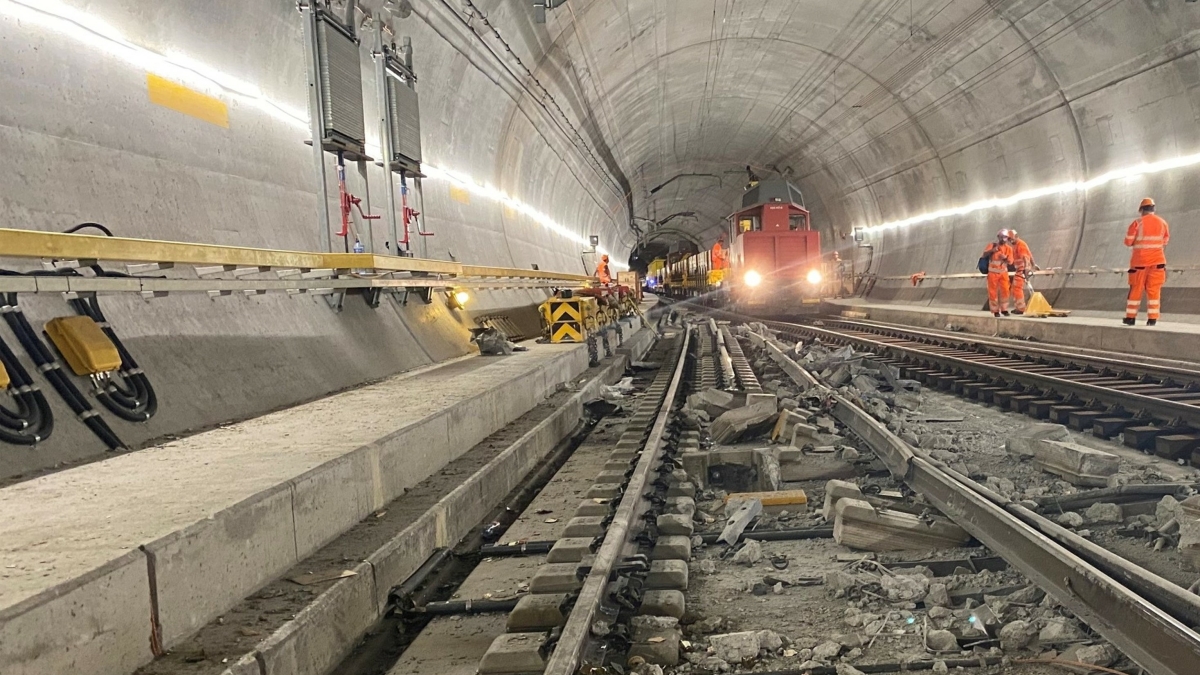
The story of the Gotthard Base Tunnel is one of vision and perseverance. For centuries, the mighty Alps stood as a formidable barrier separating northern and southern Europe. Travel between Switzerland and Italy required climbing steep passes or relying on older, slower rail routes. The idea of tunneling directly through the base of the Alps was first proposed in the 1940s, but it wasn’t until the late 20th century that this bold dream began to take shape.
Construction officially began in 1999, marking the start of a monumental 17-year journey that would test the limits of human ingenuity. More than 2,400 workers were involved in this ambitious project, facing extreme conditions underground — from soaring heat to intense pressure — as they dug through solid rock and unpredictable geological formations. Two parallel tunnels, each carrying a single rail track, were meticulously bored by giant tunnel boring machines, some stretching over 400 meters long. By the time the project was completed, engineers had removed over 28 million tons of rock from the mountainside.
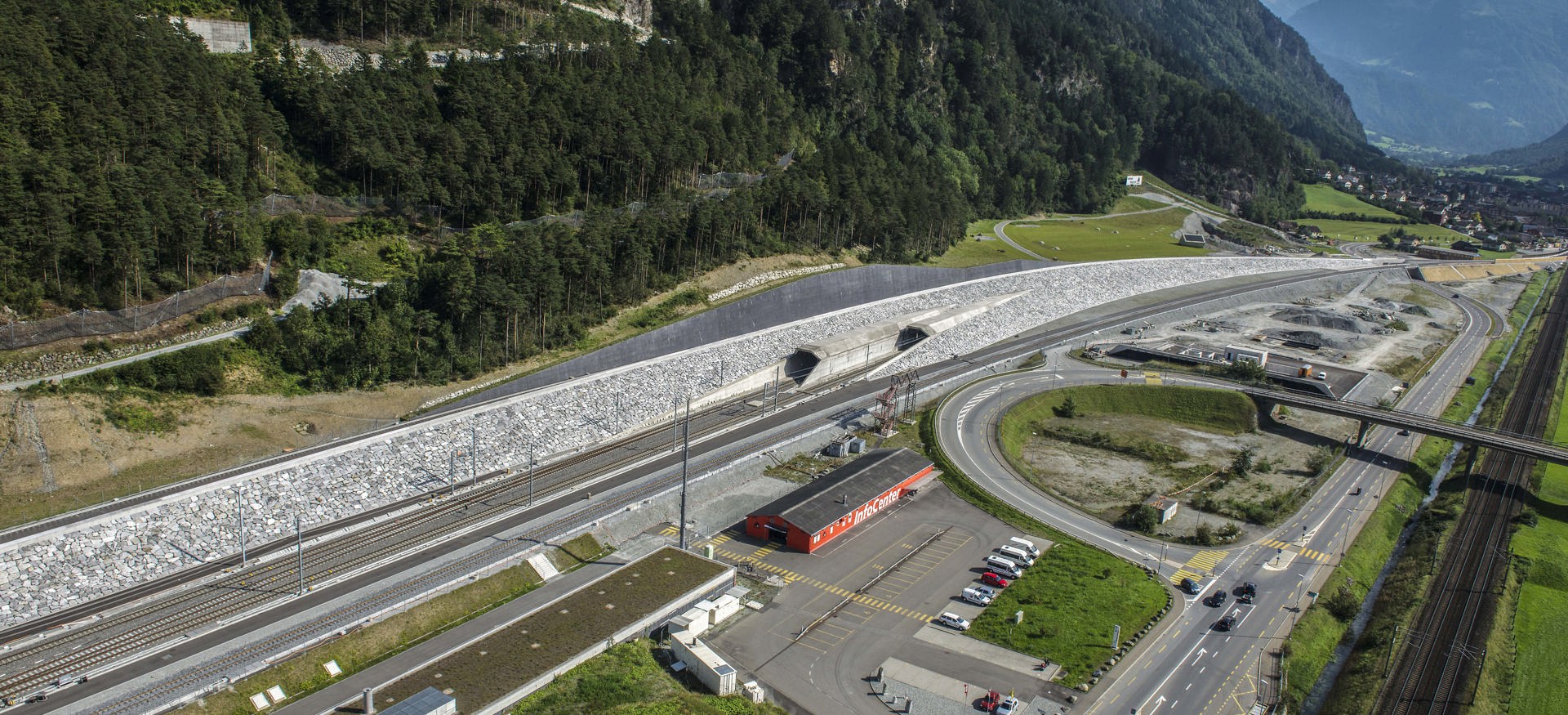
When the tunnel officially opened in June 2016, it was celebrated as a defining moment for Europe’s infrastructure. Dignitaries from across the continent attended the grand inauguration, recognizing not only its technical brilliance but also its symbolic significance. The Gotthard Base Tunnel is a core part of the European high-speed rail network, linking Rotterdam in the Netherlands to Genoa in Italy — a critical north-south trade corridor.
At its deepest point, the tunnel plunges nearly 2,300 meters (7,500 feet) beneath the towering Alpine peaks above, allowing trains to glide smoothly at speeds of up to 250 km/h (155 mph). This reduces travel time between Zurich and Milan by nearly an hour, while also shifting more freight transport from road to rail — a major environmental benefit. By taking thousands of trucks off the mountain highways, the tunnel helps reduce pollution, noise, and congestion in the Alpine region, preserving one of Europe’s most breathtaking natural landscapes.
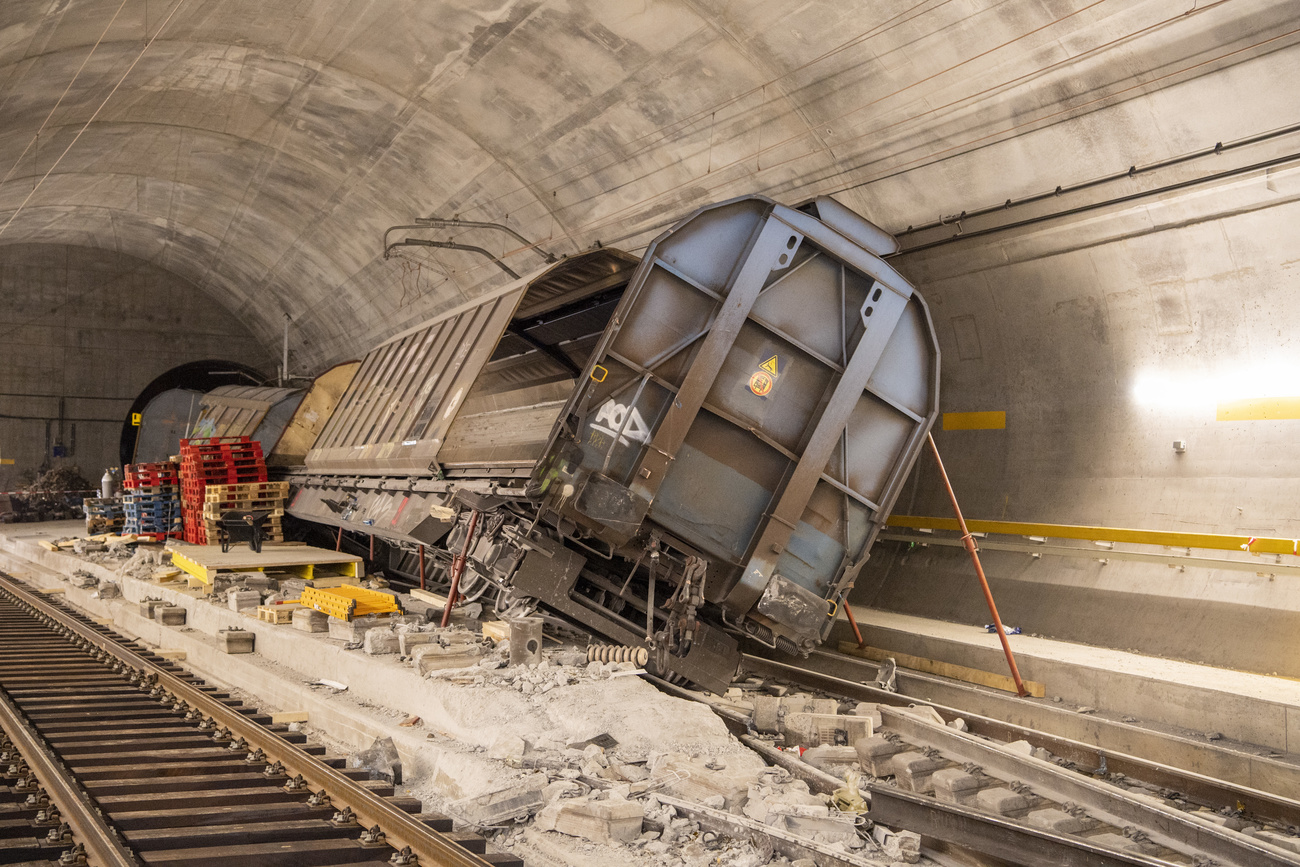
But the Gotthard Base Tunnel is more than a technical masterpiece — it is a symbol of human cooperation and endurance. The project brought together engineers, scientists, and workers from all over Europe, combining cutting-edge technology with centuries of tunneling expertise. Every meter of progress represented a blend of precision, courage, and teamwork.
Safety and efficiency were at the heart of its design. The twin tunnels are connected by 178 cross-passages, placed every 325 meters, allowing quick evacuation in case of emergency. Sophisticated ventilation systems, fire-resistant materials, and state-of-the-art monitoring technologies ensure that this colossal structure operates safely around the clock.
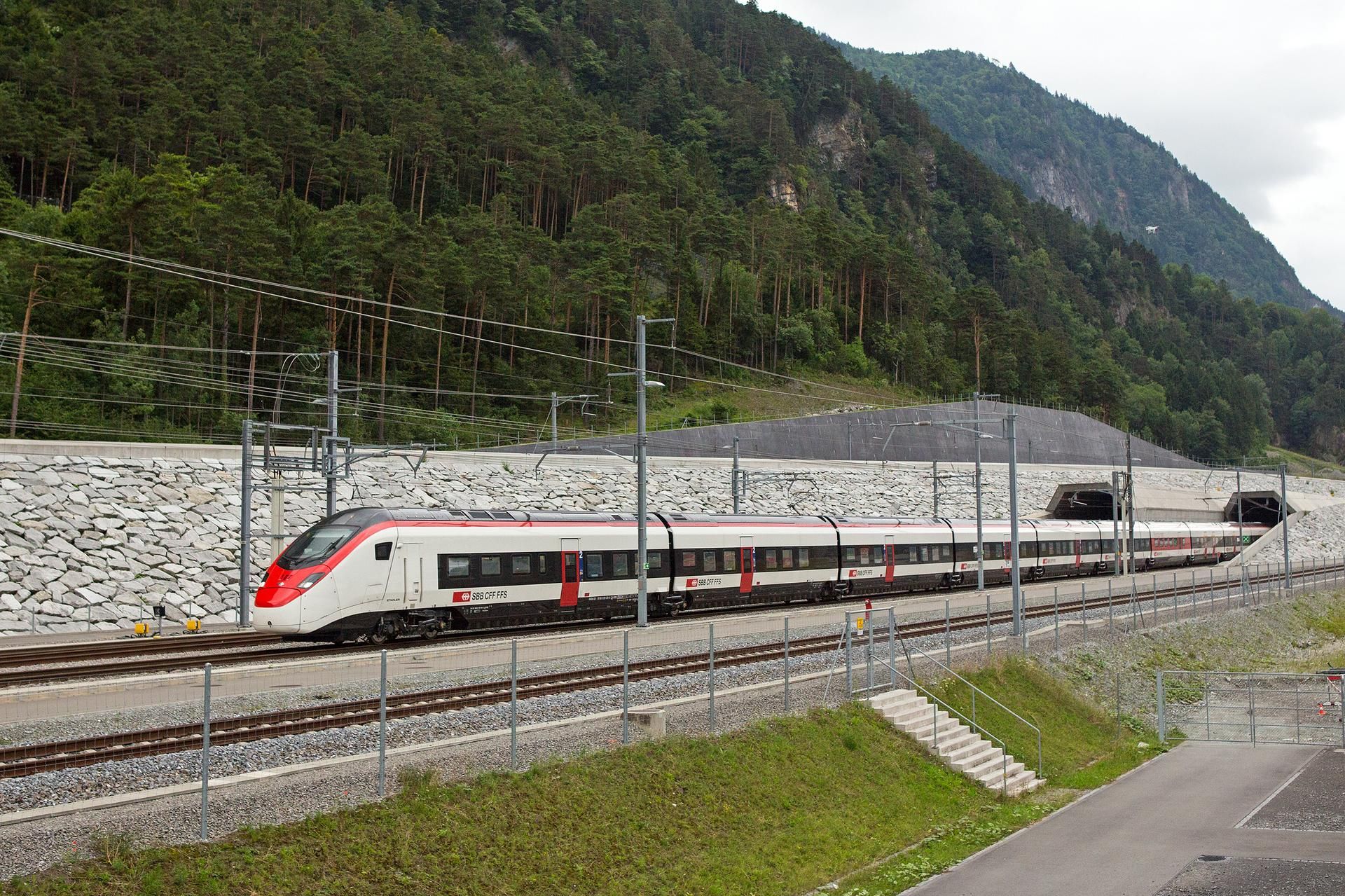
Today, millions of passengers and countless tons of goods travel through the Gotthard Base Tunnel each year. It stands as a quiet yet powerful reminder of what humanity can achieve when imagination meets determination. Beneath the silent mountains, trains race through a world unseen — a world carved by human hands and guided by the belief that no obstacle is too great to overcome.
The Gotthard Base Tunnel doesn’t just connect two points on a map. It connects people, cultures, and economies. It brings Europe closer together — quite literally — under the heart of the Alps. And as travelers glide effortlessly through this marvel of modern engineering, they journey not only between nations, but through a testament to human progress and the unshakable spirit of exploration.
